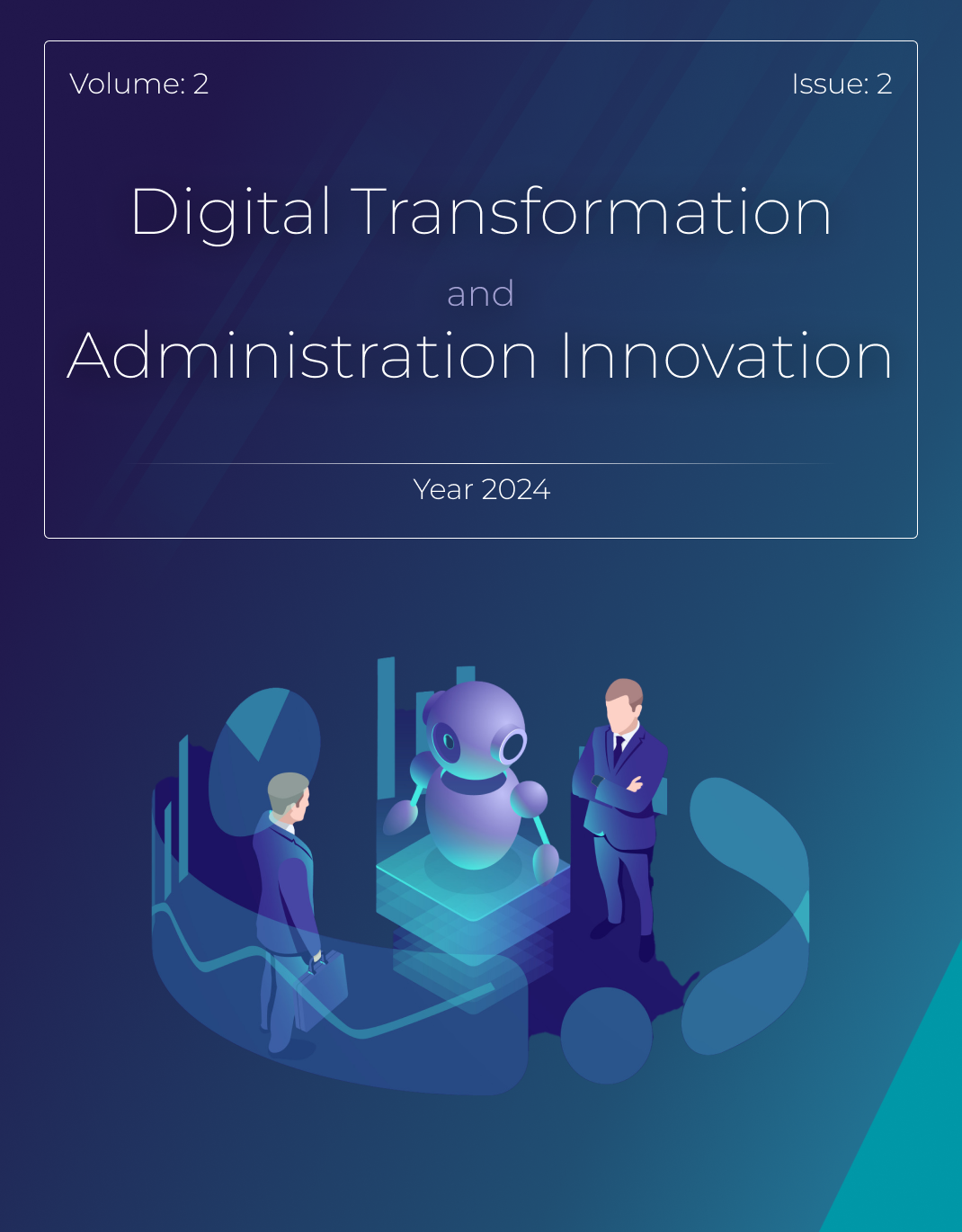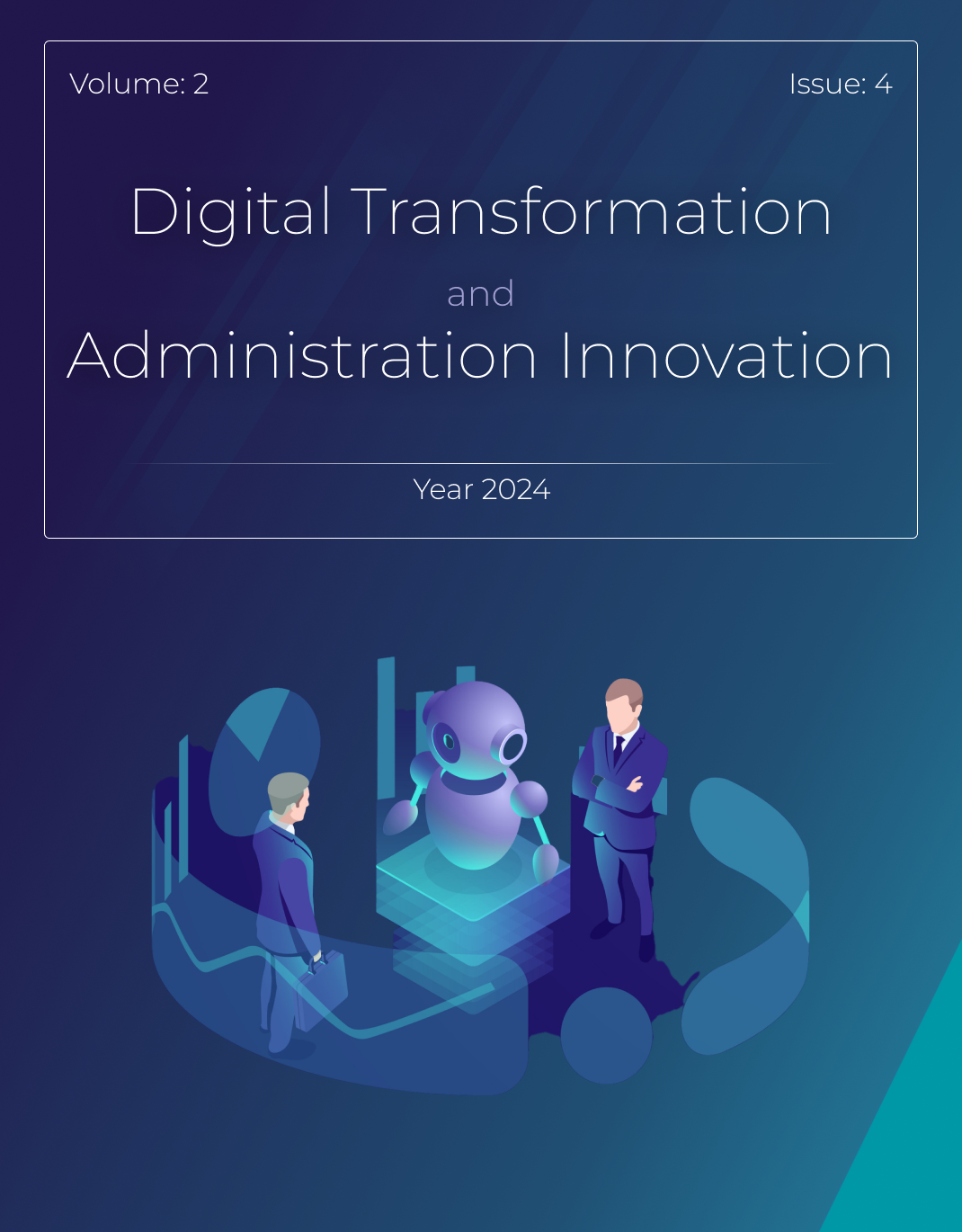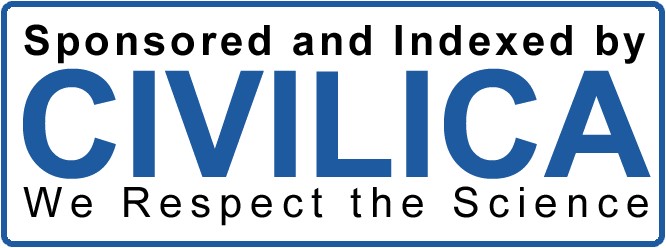Bridging the Digital Divide: Inclusion Strategies for a Connected Workforce
Keywords:
Digital divide, digital skills development, digital inclusion, workplace culture, upskilling, reskilling, technology access, inclusive leadership, remote work, workforce equityAbstract
The objective of this study is to explore the strategies employed by organizations to bridge the digital divide in the workforce by examining the role of digital skills development, access to technology, and workplace culture. A qualitative research design was employed, with data collected through semi-structured interviews from 29 participants representing diverse sectors including technology, healthcare, and education. The participants were selected based on their involvement in digital inclusion initiatives within their organizations. The interviews were conducted online to ensure accessibility and flexibility. Data were analyzed using NVivo software, and theoretical saturation was reached during the coding process. The findings indicate that organizations adopt a multi-dimensional approach to digital inclusion, with key strategies including upskilling and reskilling programs, access to technology, and the promotion of an inclusive workplace culture. Participants reported that upskilling initiatives, particularly those focused on technical skills and digital literacy, were crucial for improving workforce competencies. Access to affordable devices, network connectivity, and remote work infrastructure were highlighted as essential for enabling employees to engage in digital training and collaborate effectively. Additionally, inclusive leadership and support programs, such as mentorship and employee resource groups, were seen as vital in fostering an environment of continuous learning and collaboration. This study concludes that bridging the digital divide in the workforce requires a holistic approach that integrates skills development, equitable access to technology, and an inclusive organizational culture. By adopting these strategies, organizations can ensure that all employees, regardless of their background, have equal opportunities to succeed in the digital economy.







